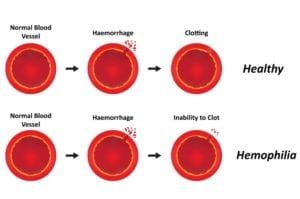Prostate cancer is a cancer specific to men. Several screenings are available to identify the presence of cancer within the prostate gland – even at its earliest stages. Fortunately, prostate cancer is a highly manageable disease among most men, with some doctors recommending very conservative treatment plans to men who test positive for the disease. Long-term prognosis partially depends on the stage in which prostate cancer is found. Prostate screenings are capable of identifying prostate cancer early, providing patients with the opportunity to take charge of the treatment process.
Did you know…that more than 200,000 men are diagnosed with prostate cancer in the U.S. every year? Some of the most common symptoms of prostate cancer include:
|
Frequently Asked Questions
Should I get a prostate screening?
The decision to get a prostate screening is between you and your doctor. You may benefit from early prostate screening if you have a family history of prostate cancer – particularly cancer that has occurred at a young age. However, many healthy men with no genetic predisposition to prostate cancer begin periodic screenings sometime between the ages of 40 and 50.
What should I expect during a prostate screening?
Prostate screening is often comprised of two parts. The first is the digital rectal exam, during which your doctor will use a gloved finger to feel he prostate gland from the inside of your rectum. The second part of your prostate screening may include a prostate-specific antigen (PSA) test to measure the amount of PSA in the blood.
What will happen after my prostate screening?
If your screening results raise questions about the health of your prostate, you may need supplemental screenings or a biopsy. If your prostate exam returns positive for cancer, your doctor will offer you options for treatment.











































































































































































































































































































